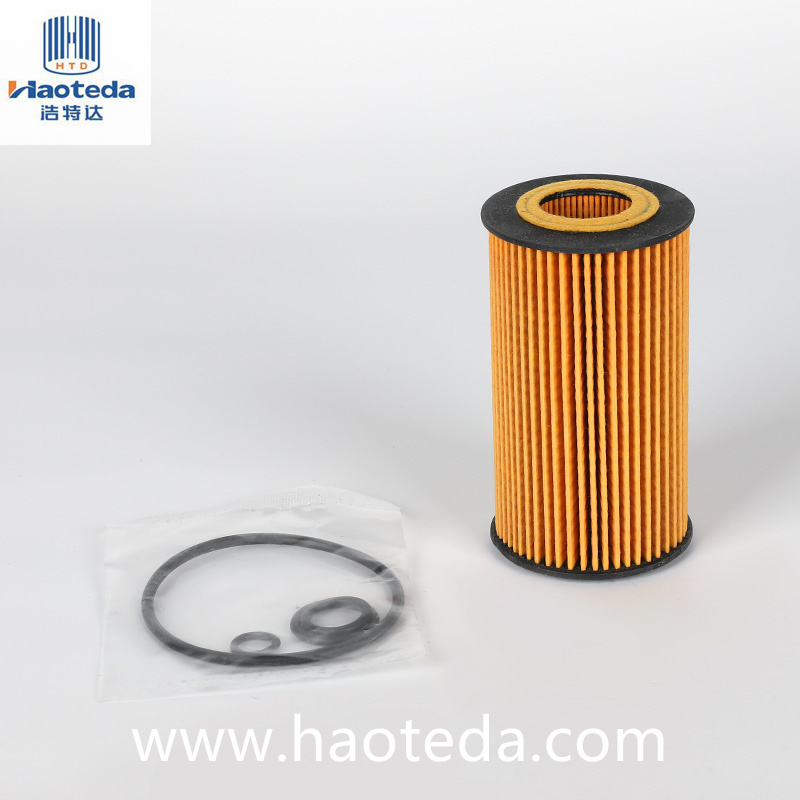The optimization of the pleating process in Paper Element Oil Filter is crucial for enhancing filtration efficiency and ensuring that the engine's lubrication system operates smoothly. At its core, the pleating process involves folding the filter paper into a series of pleats or folds, which significantly increases the surface area available for filtering oil. This increased surface area allows the filter to trap more contaminants and particles while allowing the clean oil to pass through.
The process begins with selecting the appropriate filter paper, which is usually made from a blend of cellulose or synthetic fibers. The choice of material affects the filter’s ability to capture particles and withstand the pressures of oil flow. High-quality paper with a fine, dense structure is preferred, as it can filter out smaller particles without restricting oil flow. Once the paper is chosen, it is cut into sheets that are then pleated to form a series of folds. The design of these pleats is vital; they must be uniform and spaced optimally to maximize the filtering surface area while maintaining structural integrity.

The pleating process itself involves precise techniques to ensure that the pleats are consistent and well-formed. Automated machines are often used to fold the paper with high accuracy, creating pleats that are evenly spaced and securely bonded. The paper is typically pleated in a zigzag pattern, which provides a larger surface area and more efficient filtration. The pleats are then arranged in a cylindrical or accordion-like structure within the filter housing. This arrangement allows the oil to flow through the pleats from the outer edge towards the center, where it is filtered effectively.
To further enhance the pleating process, manufacturers use various methods to improve the strength and durability of the pleated paper. For example, the paper may be treated with coatings or adhesives that increase its resistance to oil and heat. Additionally, the pleats are often reinforced with support materials to prevent collapsing under pressure. This reinforcement ensures that the filter maintains its effectiveness throughout its service life, even under the demanding conditions of engine operation.
The optimization of the pleating process in Paper Element Oil Filter involves careful selection of materials, precise pleating techniques, and reinforcement measures to enhance performance. By increasing the surface area available for filtration and ensuring the structural integrity of the pleated paper, manufacturers can produce oil filters that provide superior filtration, extending the life of the engine and improving its performance.
 English
English
 English
English Español
Español Français
Français
 +86-139-6774-0263
+86-139-6774-0263









